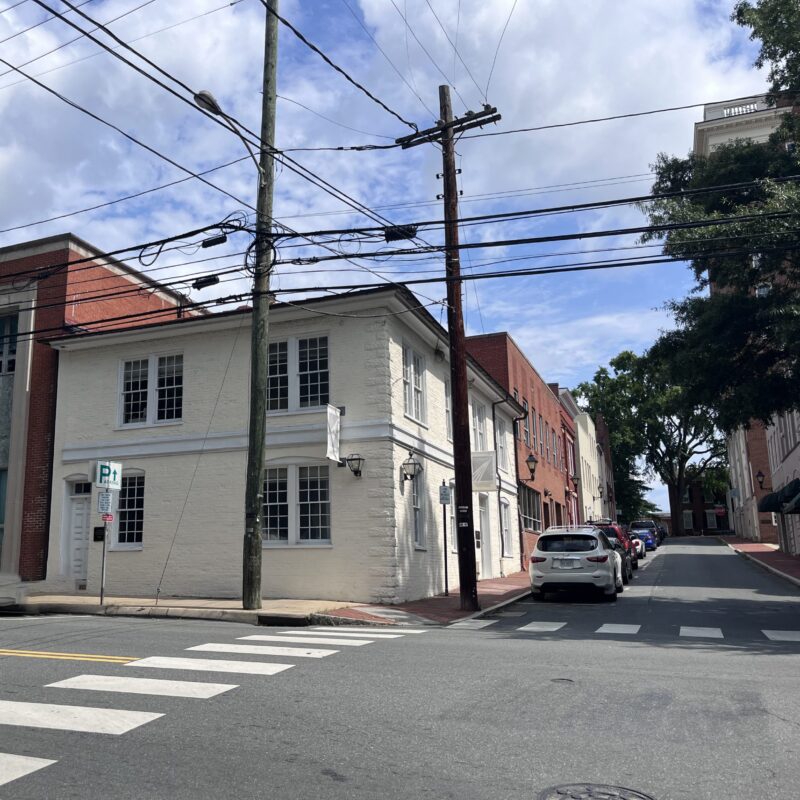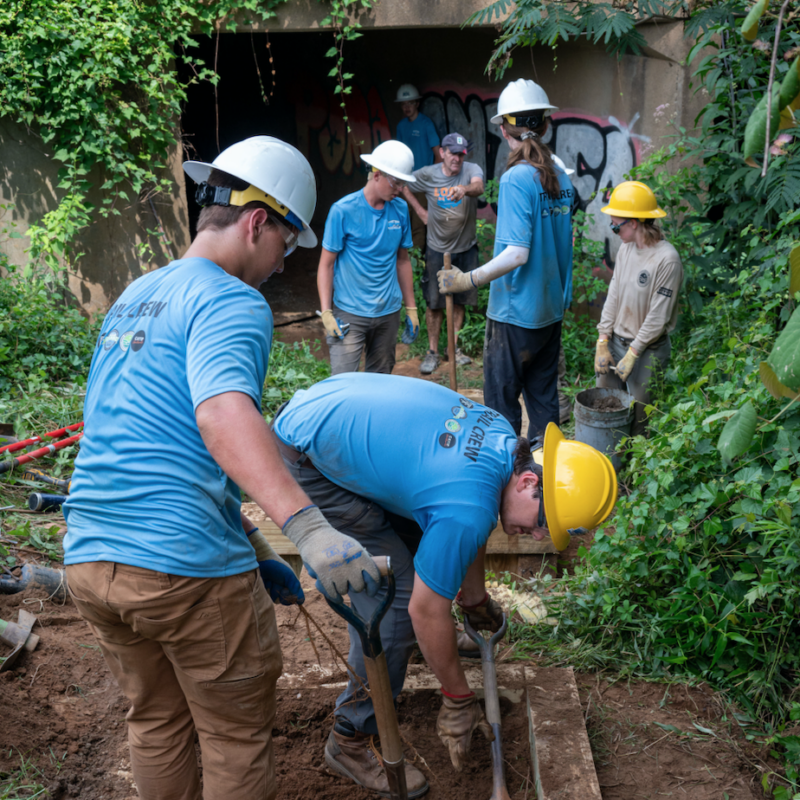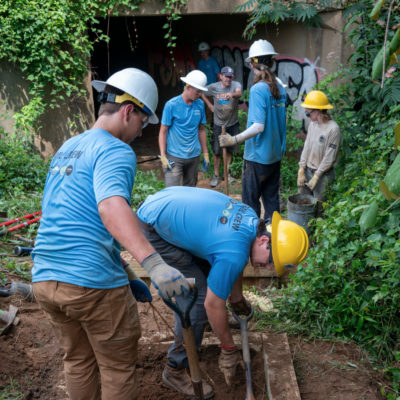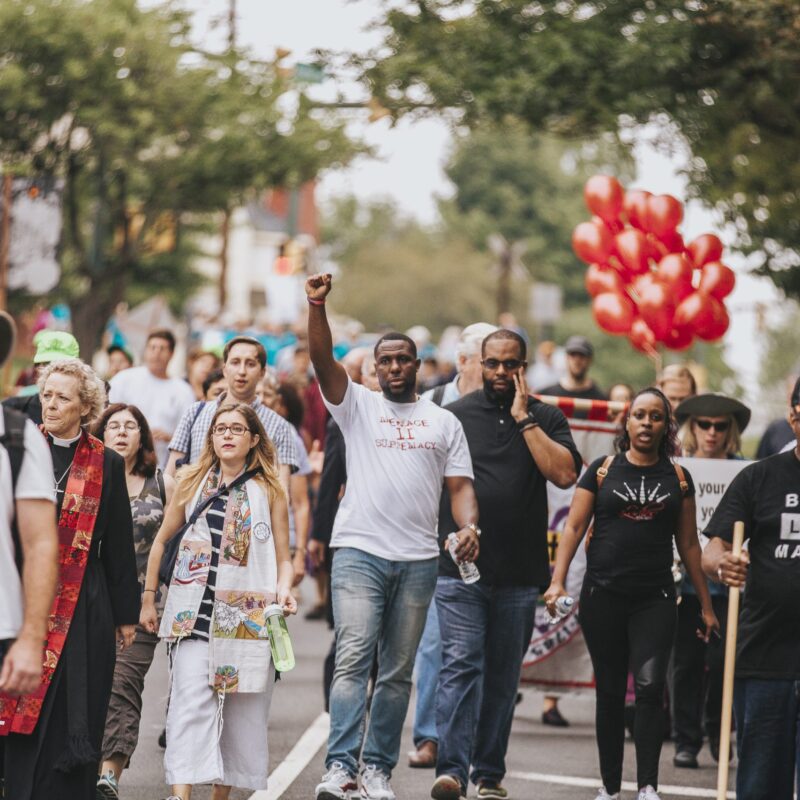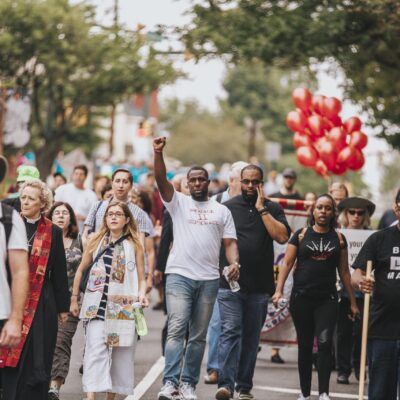Ten years ago, landscape architect Gregg Bleam was hired by the city of Charlottesville to make a master plan to revitalize all 25 city parks, but only after taking it upon himself to drive around to every single one with his 8-year-old daughter in tow. “Weren’t we just at this one?” she asked as they pulled into yet another. “No, this is a different one,” he remembers saying.
 |
| More feature articles:
Function is the new form Rock this town Home style Democracy in design |
That’s when—stopping to snap his fingers—Bleam realized the problem with the city’s current park system. “We need to make these parks very unique and reflect their own neighborhood,” he says, “and make them very distinct.”
Thus was born “City as a Park,” an ambitious plan to integrate all 25 parks, as well as the city’s nine public school playgrounds. Bleam envisioned a trail system that would weave through the city and county, linking the parks together. The plan won him a 1998 ASLA National Merit Award.
The city identified seven parks for an initial overhaul and chose Washington Park for Bleam’s first project. Named after Booker T. Washington, the park was established in 1926 as part of a land gift by philanthropist Paul Goodloe McIntire, who donated the 9.5 acres as “a public park and playground for the colored people of the City of Charlottesville.” Belmont and McIntire parks, also gifted at the same time, were restricted to “whites” only.
For the next few decades, the tract off Preston Avenue was a refuge for African Americans. In 1934, a field house that came to be known as “the barn” was erected on the upper half, while three tennis courts—where a young Arthur Ashe eventually would play—were built nearby. In the late ’60s, a public swimming pool became the city’s first.
Some 70 years after Washington Park’s creation, Bleam was confronted with the challenge of applying his penchant for innovative and modern design to a park with a neighborhood and people still very much in touch with its tradition and history. “I can’t remember how many community meetings we had,” he says. “A lot.”
When the park was completed, Bleam had, in fact, made major changes to its layout, but the final product pays the highest compliment to the park’s historic worth. The lower half of the park had received the greatest overhaul. As Bleam learned during the community meetings, many felt that its most recent incarnation—a parking lot where the city dumped its snow and two baseball fields—limited the lower level’s use. “We were able to remove one of the ball fields, which was not an easy thing,” he remembers.
Now, there is a slender parking lot to the west of a football field-sized open expanse. North of the parking lot are two full-length basketball courts and beyond that the remaining baseball field. Just southeast of there rests a bog garden that, in addition to attracting frogs and dragonflies, is home to a variety of native Virginia plants whose roots require year-round moisture, provided by, the sign says, “a natural spring as well as precipitation and runoff from the nearby hill.”
During the summer, when communal chlorinated relief is all that can satiate, a yellow tube slide marks one of the city’s most popular swimming pools. A white building with an open middle provides nearby shade to parents. Built on the foundation of the old “barn,” the tin-roofed pavilion is the backdrop for the African American Cultural Festival every year. There, on stepped terraces coated with crushed stone, visitors get some sense of Bleam’s clean, angular style. Perched above a hill that is a sledding paradise come snow, another full-length basketball court is cater-corner to a sizeable playground.
Parallel to Preston is perhaps the most underappreciated aspect of Washington Park. “I particularly like the stairs,” Bleam says of the sloping series of concrete steps that wind down the hill. “I think they make the connection between top and bottom in a powerful way.” In the warmer months, orange lilies line the street in front of the steps.
Down below, concrete rectangles lead to a small covered pavilion donated by the Dave Matthews Band. Black wrought iron benches are sprinkled in front of a row of peeling white oak trees that are reminiscent of the grove that used to line the hilltop.
“Our proposal was that Charlottesville is a city of neighborhoods, that there is great diversity in the neighborhoods and each park should in some way have its own identity,” says Bleam. Although each city park project is awarded through a separate bidding process, Bleam has since redesigned Belmont Park as well as Greenbrier Elementary School’s athletic fields and playground. The architect is perhaps most proud, however, of his first undertaking, Washington Park, where major design modifications pay the utmost respect to a city landmark’s cultural significance. “It’s a good urban park and needed to stay that way.”
